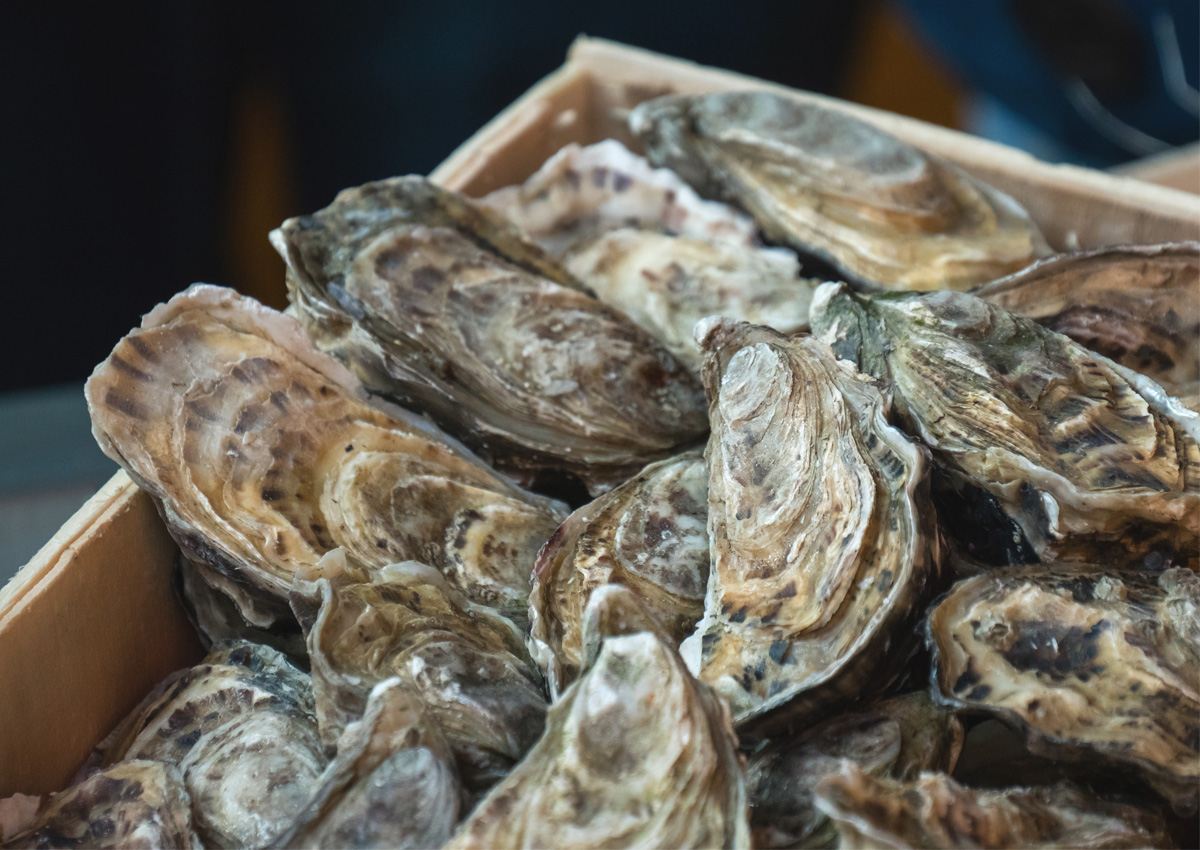
Researchers Use CRISPR-Cas9 in Cultured Oysters
June 22, 2022| |
A research team led by Prof. ZHANG Linlin from the Institute of Oceanology of the Chinese Academy of Sciences (IOCAS) has used CRISPR gene editing technique in cultured oysters, providing a powerful tool for the improvement of productive traits in oysters and other aquaculture species.
The researchers conducted CRISPR-mediated knockout by electroporation in Crassostrea gigas angulate with β-tubulin as a marker gene, detecting long fragment deletions in the target gene. They also observed mosaic mutations including defective cilia and decreased motility in the first-generation larvae. In this study, the researchers co-injected more than two small guide RNAs (sgRNAs) to generate long fragment deletions, which significantly increased the editing efficiency and simplified the mutant genotyping workflow.
"The application of CRISPR-Cas9-mediated gene editing technology in marine mollusks still faces challenges, either in gene functional or genetic engineering breeding. This study can provide a useful reference for a widespread application of gene editing technology in the mollusks in the future," said Prof. ZHANG.
For more details, read the article in the Chinese Academy of Sciences Newsroom.
| |
You might also like:
- Gene Editing Can Help Preserve Aquatic Gene Heritage -Experts
- The Status of Gene Editing Regulations in Fish Aquaculture
- Japan's Three Genome-Edited Food Products Reach Consumers
Biotech Updates is a weekly newsletter of ISAAA, a not-for-profit organization. It is distributed for free to over 22,000 subscribers worldwide to inform them about the key developments in biosciences, especially in biotechnology. Your support will help us in our mission to feed the world with knowledge. You can help by donating as little as $10.
-
See more articles:
-
Gene Editing Supplement (June 22, 2022)
-
Research and Tools
- Rice With More Resistant Starch Made Possible Using CRISPR-Cas9
- Researchers Use CRISPR-Cas9 in Cultured Oysters
- CRISPR SWAPnDROP Enables Efficient Large-Scale Interspecies Gene Transfer
- MIT-Led Research Team Adds Compact Cas7-11 Enzyme to CRISPR Toolkit
- Experts Enhance Editing Rates of CRISPR-Cas12a
-
Public Acceptance and Engagement
- Experts Discuss Addressing Public Acceptance of CRISPR in Agriculture and Medicine
-
Read the latest: - Biotech Updates (December 17, 2025)
- Gene Editing Supplement (December 17, 2025)
- Gene Drive Supplement (February 22, 2023)
-
Subscribe to BU: - Share
- Tweet

